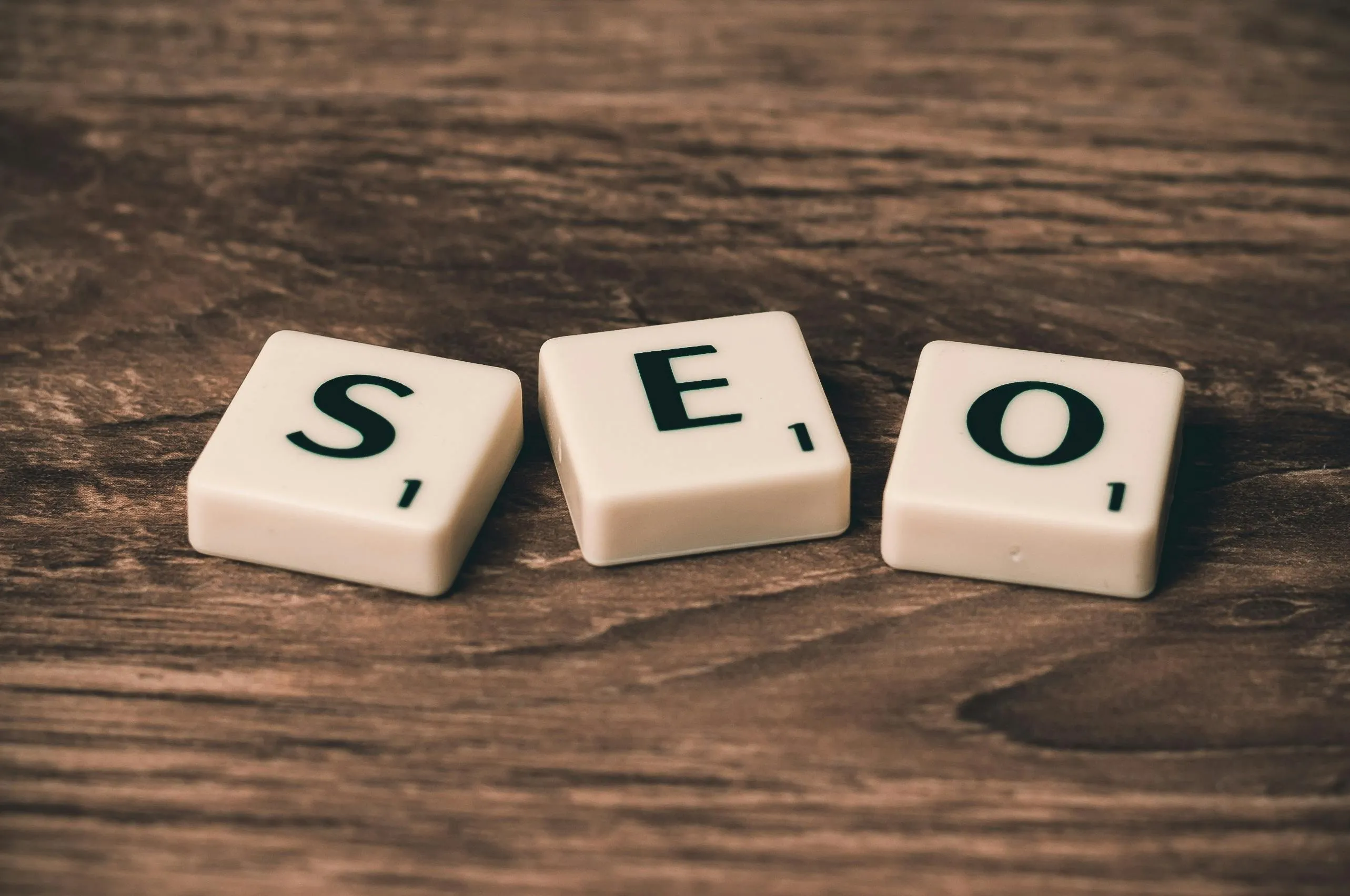If you’ve ever hired a “cheap” developer to build you a Webflow site and ended up frustrated, you’re not alone. On paper, spending $100–200 for a quick website build sounds like a steal. But in reality, the real cost comes later in poor layout, lacking SEO, site crashes, or a complete rebuild.
In this post, I’ll walk you through some real horror stories, red flags to look out for, and how to protect yourself from wasting time, money, and trust in your website.
Horror Story #1: The Invisible Site
Client Goal: A One-Page Portfolio Site in Webflow
Budget: $150
Timeline: 3 Days
Result:
The site looked decent, but a month after launch, the client asked why it wasn’t showing up on Google.
It turned out:
- The site had no meta tags
- All headings were <div>, no proper <h1>–<h3> structure
- The developer never turned off the Webflow indexing block, so Google couldn’t crawl it at all
- The real cost:
Lost SEO for over 2 months, paid an additional $600 to fix technical SEO and re-index
Horror story #2: The CMS monster
Client goal: Blog site with category filters
Budget: $250 on Fiverr
Result:
The developer used static pages for each blog post. No CMS. No filters. The “filter” was just a duplicate page with slightly different content.
Problems:
- 60+ manually duplicated blog pages = 60 headaches
- Client couldn’t edit content without breaking the design
- Filtering didn’t really work
- True cost:
Complete rebuild with CMS structure — $1,000 - Plus time lost manually managing content
Horror story #3: Mobile chaos
Client’s goal: Simple 4-page site with customizable layout
Developer’s quote: $100, 24-hour delivery
Problems:
- Looked good on desktop
- Mobile layout was completely broken: text overflow, images off-screen, buttons unclickable
- Fixed pixel units were used instead of % or vh/vw
- When the client asked for fixes, the developer said:
“I made it for desktop only. You didn’t searched for mobile devices.” - The real cost:
$350 to fix a mobile layout - The annoyance of users complaining
Why “cheap” often means “expensive”?
Here’s what you’re really risking when you hire based on price alone:
Cheap development = Quality development- Hurried work = Thoughtful architecture
- Skip hurdles = Built to scale
- Poor semantics = SEO optimized
- Broken responsiveness = Mobile-first design
- No documentation = Easy handover
- Hidden costs of “cheap” development = Redesigning the entire site
- Delayed launch = missed opportunities
- Paying twice: once for a cheap version = then again to fix it
- Damage to your brand reputation
Red flags to watch out for
Prices that sound too good to be true
- Unrealistic deadlines (“I’ll do it in one day”)
- Vague answers about CMS, SEO, or responsiveness
- Universal templates without customization
- No clear review policy or handover process
How to choose the right Webflow developer?
--> Instead of chasing the cheapest option, look for someone who:
- Understands the Webflow framework and CMS
- Designs with responsiveness, performance, and accessibility in mind
- Offers long-term support or clear handover
- Shares real-world project examples
- Communicates well and sets realistic expectations
Cheap Code Isn’t Cheap
In Webflow (and web development in general), you get what you pay for. Cutting your developer budget can cost you more in time, frustration, and lost revenue.
The goal isn’t to overpay it’s to invest in a partner who will get things right the first time. Someone who builds not just a website, but a solid foundation for your business or brand.
Need help rescuing a “cheap build” or want to do it right the first time?
I help clients clean up messy Webflow projects and build clean, scalable, fast-loading websites without skimping on the details.
